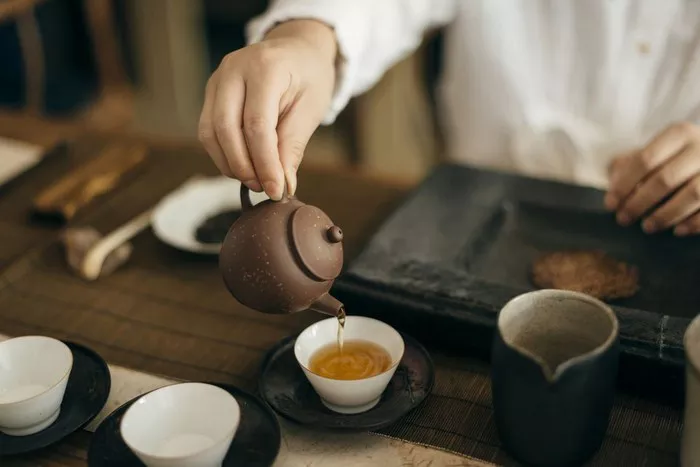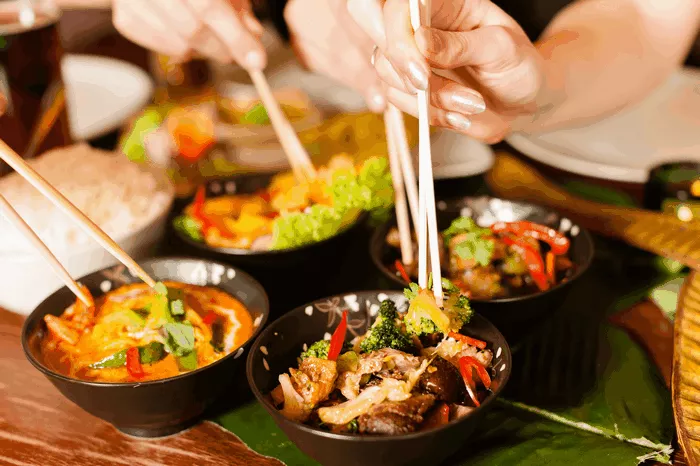China, a land of rich history and diverse traditions, boasts a fascinating beverage culture that spans thousands of years. With a vast array of drinks to choose from, it is intriguing to uncover the most popular and iconic beverage in the Middle Kingdom. From traditional teas to modern favorites, Chinese beverages hold significant cultural significance and reflect the country’s heritage. In this article, we will explore the most popular drink in China, delving into the historical roots, regional variations, and the place of this beloved beverage in Chinese society.
1. The Timeless Elegance of Chinese Tea
Chinese Tea is undoubtedly the most popular and revered beverage in China, celebrated for its cultural significance and health benefits. The tradition of tea-drinking in China dates back over 5,000 years and has become deeply ingrained in the country’s history and way of life.
Tea is not merely a drink but an integral part of Chinese culture, symbolizing hospitality, respect, and harmony. Chinese tea ceremonies are conducted with great care and precision, emphasizing the appreciation of the tea’s aroma, flavor, and visual presentation. Different types of tea, including green tea, black tea, oolong tea, and pu-erh tea, are enjoyed throughout the country, each offering a unique taste and character.
2. The Delicate Art of Preparing Chinese Tea
The art of preparing Chinese tea is steeped in tradition and requires attention to detail. Tea leaves are carefully selected and brewed with water at specific temperatures to achieve the desired flavor profile. From the graceful movements of the tea master during a formal tea ceremony to the simple act of sharing tea among friends, the process of tea-drinking is a cherished ritual in China.
3. Regional Tea Varieties and Customs
China’s vast geographic expanse and diverse climates have given rise to a wide variety of tea-growing regions, each producing distinct flavors and aromas. Some of the notable regional teas include:
Longjing (Dragon Well) Tea: Hailing from Hangzhou in Zhejiang province, Longjing tea is renowned for its flat and tender leaves. Often called the “National Tea of China,” Longjing tea is characterized by its mellow taste and subtle chestnut undertones.
Keemun Black Tea: Grown in Qimen County in Anhui province, Keemun black tea is celebrated for its floral fragrance and bold flavor. It is often referred to as the “Burgundy of teas” due to its complex and wine-like taste.
Tie Guan Yin (Iron Goddess) Oolong Tea: Originating from Fujian province, Tie Guan Yin is a prized oolong tea with a unique combination of floral and fruity notes. Its name translates to “Iron Goddess of Mercy,” and the tea is revered for its smooth and soothing taste.
Pu-erh Tea: Named after the city of Pu’er in Yunnan province, Pu-erh tea is a fermented tea that gains complexity and richness with age. This tea is often compressed into cakes or bricks, making it a favorite among collectors.
4. The Role of Tea in Chinese Society
Tea plays a central role in Chinese social life, acting as a bridge that brings people together. It is common for friends, family, and colleagues to gather for tea and engage in conversation, fostering camaraderie and understanding. The act of serving tea is a gesture of respect and hospitality, signifying the importance of harmonious relationships in Chinese culture.
Tea is also an essential part of Chinese cuisine, complementing the flavors of various dishes and aiding digestion. Tea houses, both traditional and modern, are popular gathering places where people can relax, chat, and enjoy the meditative quality of tea-drinking.
5. The Influence of Tea on Chinese Philosophy and Medicine
The significance of tea in China extends beyond its cultural and social aspects. Tea has played a pivotal role in Chinese philosophy and traditional medicine for centuries.
In traditional Chinese medicine, tea is believed to possess various health benefits, such as promoting digestion, cleansing the body, and improving mental clarity. Green tea, in particular, is rich in antioxidants and is revered for its potential to enhance overall well-being.
Tea is also associated with Taoism, a philosophical and spiritual tradition that emphasizes harmony with nature. Taoist sages extolled the virtues of tea for its ability to bring tranquility and balance to the mind and body.
6. Modern Tea Culture in China
While traditional tea culture remains deeply rooted in China, the country has also embraced modern trends and innovations in the tea industry. Bubble tea, a Taiwanese invention that blends tea with milk and chewy tapioca pearls, has become a global sensation, with China being one of the largest consumers of this trendy beverage.
Additionally, flavored teas, fruit-infused teas, and ready-to-drink tea beverages have gained popularity among younger generations, catering to a more diverse and contemporary palate. Despite these modern adaptations, the reverence for traditional tea culture remains an integral part of the Chinese identity.
7. Tea as a Cultural Ambassador: China’s Belt and Road Initiative
The significance of tea in Chinese culture extends beyond its borders. As a symbol of hospitality and friendship, tea has played a role in China’s diplomatic relations through its Belt and Road Initiative (BRI). The BRI seeks to promote economic and cultural ties between China and countries along the ancient Silk Road, facilitating exchanges in various fields, including tea trade.
8. Embracing Diverse Beverages in Modern China
While tea remains the most popular drink in China, the country’s growing affluence and exposure to global cultures have led to an increasing diversity of beverages. Soft drinks, fruit juices, coffee, and alcoholic beverages have all found their place in modern Chinese society.
9. Traditional Chinese Alcoholic Beverages
In addition to tea, traditional alcoholic beverages hold historical and cultural significance in China. Some of the notable traditional Chinese alcoholic drinks include:
Baijiu: Baijiu is a strong distilled spirit made from grains such as sorghum, wheat, or rice. It is often associated with important social occasions and is an integral part of Chinese banquets and toasts.
Huangjiu: Also known as “yellow wine,” Huangjiu is a type of rice wine with a history dating back thousands of years. It is typically enjoyed as a complement to Chinese cuisine.
Conclusion
In conclusion, Chinese tea stands tall as the most popular and beloved beverage in the Middle Kingdom. From its ancient origins to its significant cultural role, tea continues to be a cornerstone of Chinese society, bringing people together, fostering harmony, and symbolizing timeless traditions.
The reverence for tea in China transcends generations, and the diverse flavors and varieties of teas from different regions showcase the country’s rich cultural heritage. As modern trends blend with traditional customs, tea remains an enduring symbol of Chinese hospitality, philosophy, and social cohesion.
When raising a teacup in China, one is not merely toasting to a delicious drink but also to a celebration of the past, an appreciation of the present, and a hope for a harmonious future. So, as you enjoy a cup of Chinese tea, remember that it represents more than just a beverage – it is a journey through time, culture, and the essence of the Middle Kingdom.

























